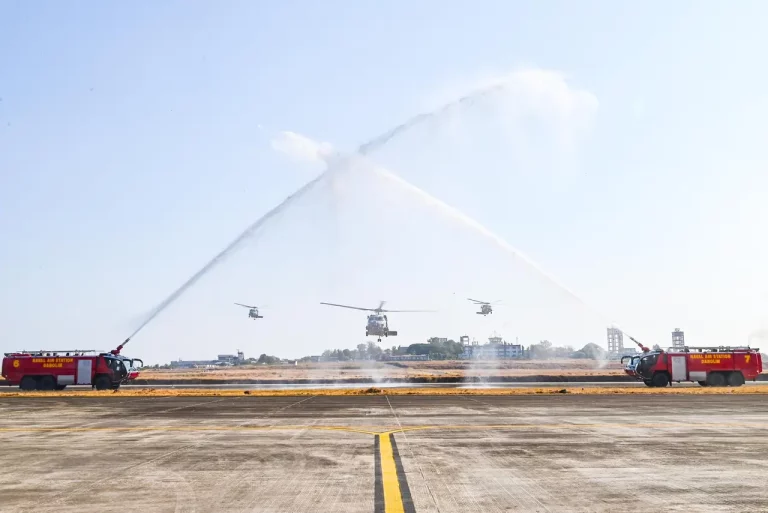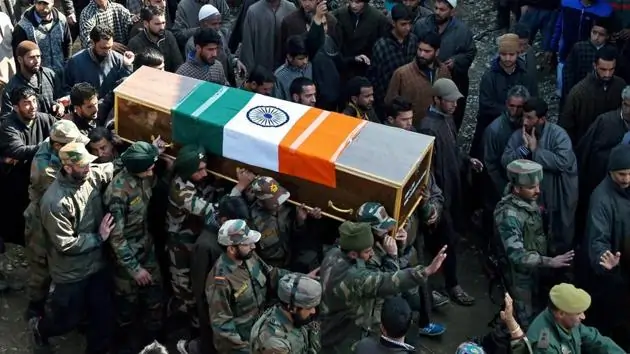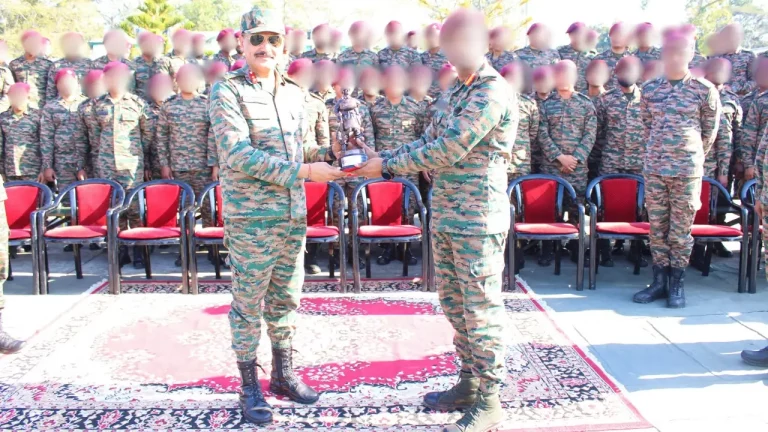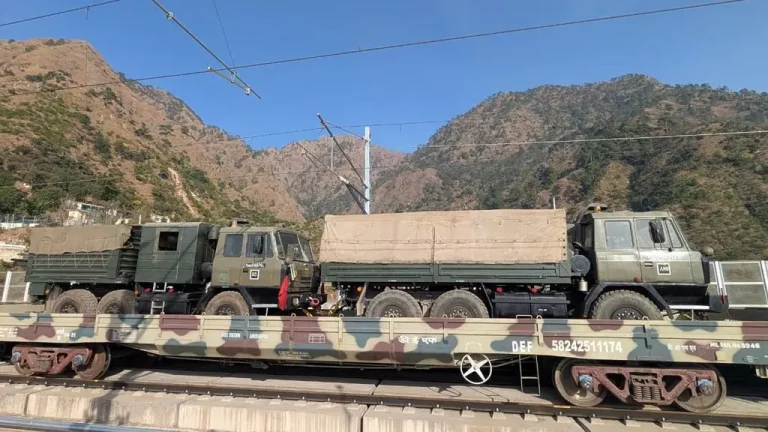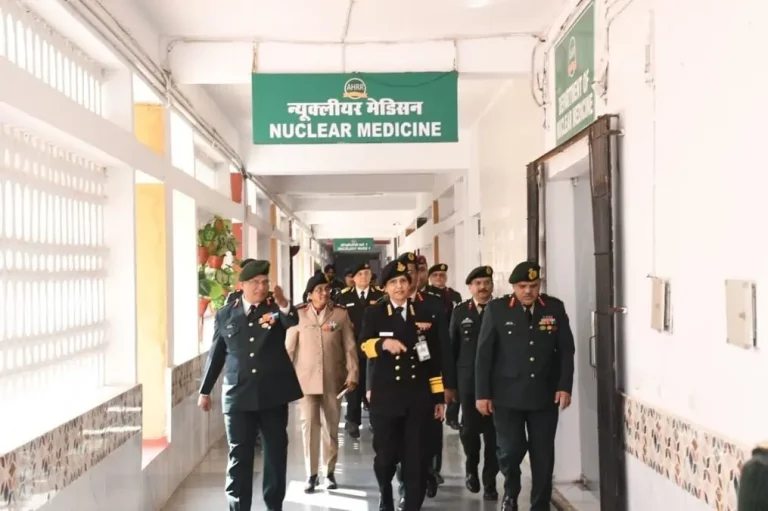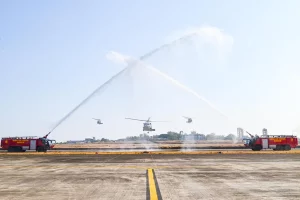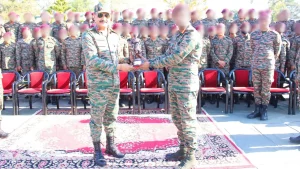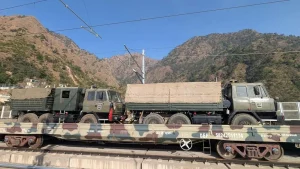In a significant diplomatic development, the Indian government has officially requested Bangladesh to review the 1996 Ganga Water Treaty, aiming to secure a larger share of water for its developmental and industrial needs. This treaty, originally signed on December 12, 1996, is set to expire next year, prompting India to advocate for a new agreement that would span a reduced timeframe of 10 to 15 years, allowing for more adaptability in future negotiations.
This push for a review emerges in the context of heightened regional tensions following the suspension of the Indus Waters Treaty with Pakistan, which followed the Pahalgam terror attack. Officials in New Delhi are reassessing the treaty’s importance and their strategic stance. A senior Ministry of External Affairs official noted a pivot in their approach, stating, “Before Pahalgam, we were inclined to extend the treaty for another 30 years, but the situation changed drastically afterward.”
A key focus of India’s concerns lies with the Farakka Barrage. Currently, the water-sharing formula allows for 35,000 cubic feet per second (cusecs) of water to be allocated alternately to India and Bangladesh for ten-day spans during the lean season from March 11 to May 11. However, India is now seeking an additional 30,000 to 35,000 cusecs during this critical period to fulfill growing demands that support irrigation, port operations, and power generation.
Discussions have revealed that the original design of the Farakka Barrage was meant to divert 40,000 cusecs of water towards the Kolkata Port, now known as Syama Prasad Mookerjee Port. However, officials claim that the existing 1996 arrangement has undermined the port’s effectiveness, resulting in challenges such as slope failure, bed erosion, and substantial siltation. Additionally, the NTPC plant in the vicinity has reported intermittent water shortages, further amplifying concerns associated with water scarcity.
The Indian Union government’s revitalized stance is bolstered by support from the West Bengal government, a direct beneficiary of any increased water flow. Bihar has also expressed the need for additional Ganga water to enhance its irrigation and drinking water systems.
In early May, India engaged in diplomatic outreach to Bangladesh, addressing these water-sharing issues during a regular bilateral dialogue. However, diplomatic relations have faced complications since the 2024 coup in Bangladesh, which has added layers of complexity to ongoing discussions and shifted India’s security calculus.
Indian officials now advocate for prioritizing India’s interests as the upper riparian state. One remarked, “How long can we continue to show generosity to support our neighbor when they don’t value our contribution?”—a statement reflecting long-standing grievances voiced by the West Bengal administration.
With the treaty’s renewal on the horizon in 2026, expectations are building for intensified negotiations in the coming months, which could redefine the dynamics of India-Bangladesh water diplomacy for the foreseeable future.



